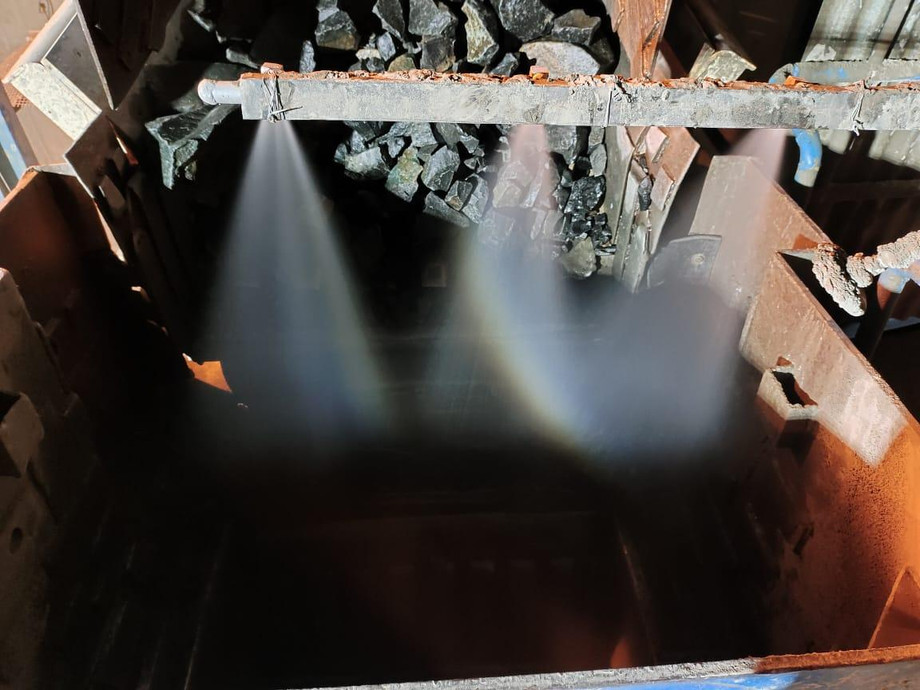In industries ranging from mining and construction to agriculture and manufacturing, controlling dust is paramount for safety, health, and environmental compliance. Among the arsenal of dust suppression techniques, the dry fog dust suppression system stands out as a versatile and effective solution. With its unique ability to mitigate dust without creating excessive moisture or runoff, mastering this system is indeed a crucial skill for professionals in various fields.
Understanding Dry Fog Dust Suppression Systems
Dry fog dust suppression systems utilize high-pressure air and specially designed nozzles to generate micron-sized water droplets. These droplets collide with dust particles, causing them to agglomerate and fall to the ground. Unlike traditional methods such as watering or chemical spraying, dry fog systems produce an ultra-fine mist that binds with dust without saturating the environment or creating muddy conditions. This makes them ideal for applications where moisture control is critical, such as indoor environments, sensitive ecosystems, and areas with strict water usage regulations.
Advantages of Dry Fog Dust Suppression Systems
Efficiency: Dry fog systems can effectively suppress dust particles as small as 1 micron, significantly reducing airborne dust levels. This not only improves visibility and air quality but also minimizes the risk of respiratory problems for workers.
Versatility: Whether it's controlling dust on construction sites, bulk material handling operations, or open-pit mining, dry fog systems can be adapted to various environments and applications. They can be installed as fixed systems or mounted on mobile platforms for flexibility.
Water Conservation: Unlike traditional water-based dust suppression methods that require large volumes of water, dry fog systems use minimal amounts of water. This not only conserves water resources but also reduces operating costs and eliminates the need for expensive wastewater treatment.
Environmental Friendliness: Dry fog systems are environmentally friendly, as they do not rely on chemicals or additives to suppress dust. They produce no harmful by-products and minimize the impact on surrounding ecosystems.
Safety: By effectively controlling dust, dry fog systems improve safety conditions for workers by reducing the risk of accidents, such as slips and falls, associated with poor visibility and dusty environments.
Compliance: Many industries are subject to regulations governing dust emissions and environmental impact. Dry fog dust suppression systems help businesses comply with these regulations by effectively controlling dust without causing adverse environmental effects.
Mastering the Art of Dry Fog Dust Suppression
To become proficient in utilizing dry fog dust suppression systems, professionals need to understand the principles behind their operation and the factors that influence their effectiveness:
System Design: Proper system design is crucial for achieving optimal dust suppression. This includes selecting the right nozzle types, positioning them strategically, and determining the appropriate pressure and flow rate for the application.
Maintenance: Regular maintenance is essential to ensure the reliable operation of dry fog systems. This includes inspecting and cleaning nozzles, checking for leaks or blockages, and monitoring system components for wear and tear.
Monitoring and Adjustment: Continuous monitoring of dust levels and system performance allows operators to make real-time adjustments to optimize dust suppression efficiency. This may involve adjusting nozzle settings, increasing or decreasing water flow, or repositioning the system as needed.
Training and Education: Proper training and education are essential for operators and maintenance personnel to understand the principles of dry fog dust suppression and operate the system safely and effectively. This includes training on system operation, troubleshooting, and emergency procedures.
Conclusion
In conclusion, mastering the use of dry fog dust suppression systems is indeed a valuable skill for professionals in industries where dust control is a priority. With their efficiency, versatility, and environmental friendliness, dry fog systems offer a superior solution for controlling dust while minimizing water usage and environmental impact. By understanding the principles behind their operation and implementing best practices in system design, maintenance, and operation, professionals can harness the full potential of dry fog dust suppression systems to create safer, healthier, and more sustainable work environments.

